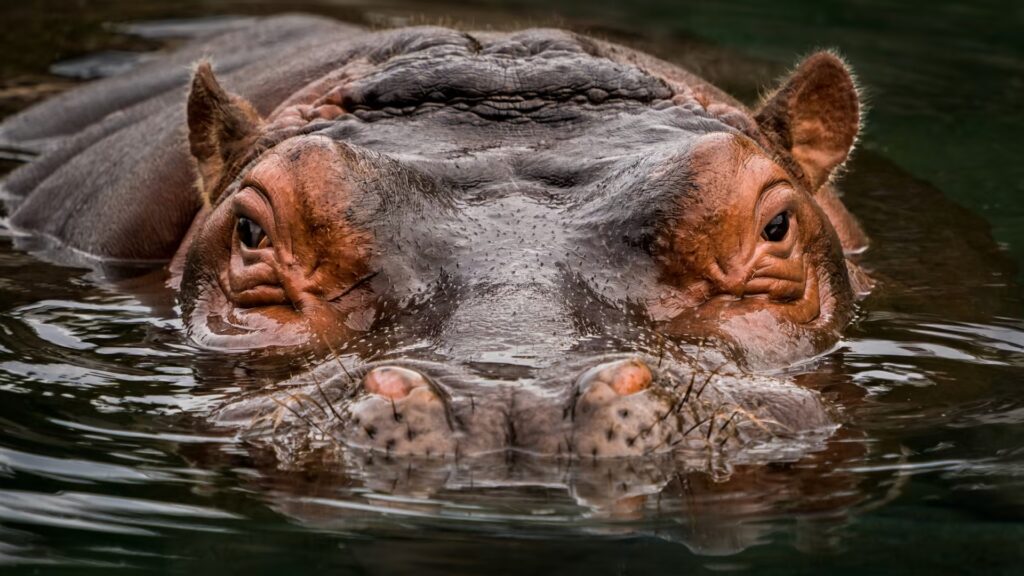
Africa’s vast wilderness is as beautiful as it is perilous. With its rich biodiversity, the continent is home to some of the most dangerous creatures on Earth. From apex predators to silent killers, these animals have evolved extraordinary abilities to survive and defend themselves. Below, we’ll explore the ten most dangerous animals in Africa, interspersed with general insights to help you appreciate their power and the caution required to navigate their territories safely.
The Danger of Africa’s Wildlife
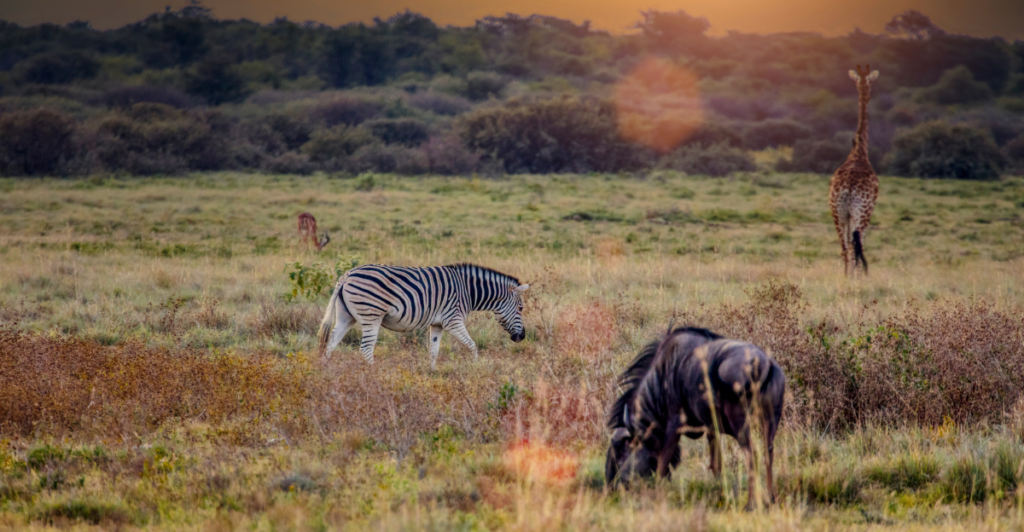
Africa’s wildlife is as fascinating as it is hazardous. Many of its animals are territorial, while others are opportunistic hunters. In a land where survival is paramount, humans often find themselves at odds with these creatures. Whether it’s the savanna or dense jungles, every biome has its unique threats. Safaris and excursions should always be undertaken with professional guides who understand animal behavior. Recognizing the signs of danger can mean the difference between a thrilling experience and a perilous encounter.
1. Hippopotamus – The Silent Menace
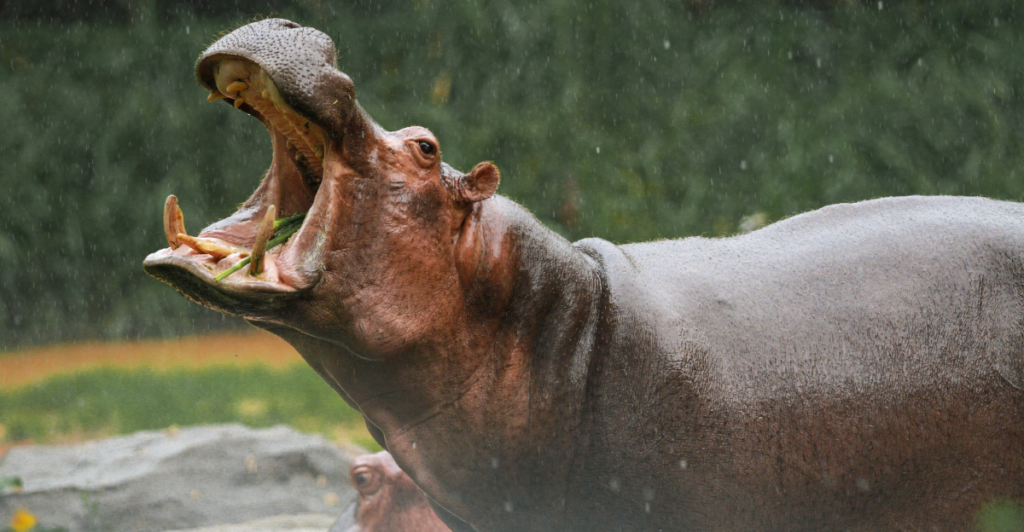
The hippopotamus may seem docile, but it’s responsible for more human deaths in Africa than lions or crocodiles. Weighing up to 4,000 pounds, it is highly territorial and will aggressively defend its rivers. Hippos can run at speeds of 20 mph on land and are deceptively agile in water. Their massive jaws can crush boats and anything in their way. Hippos kill an estimated 500 people annually, often by capsizing small vessels or attacking those who unknowingly invade their space.
2. Mosquito – The Deadliest Animal
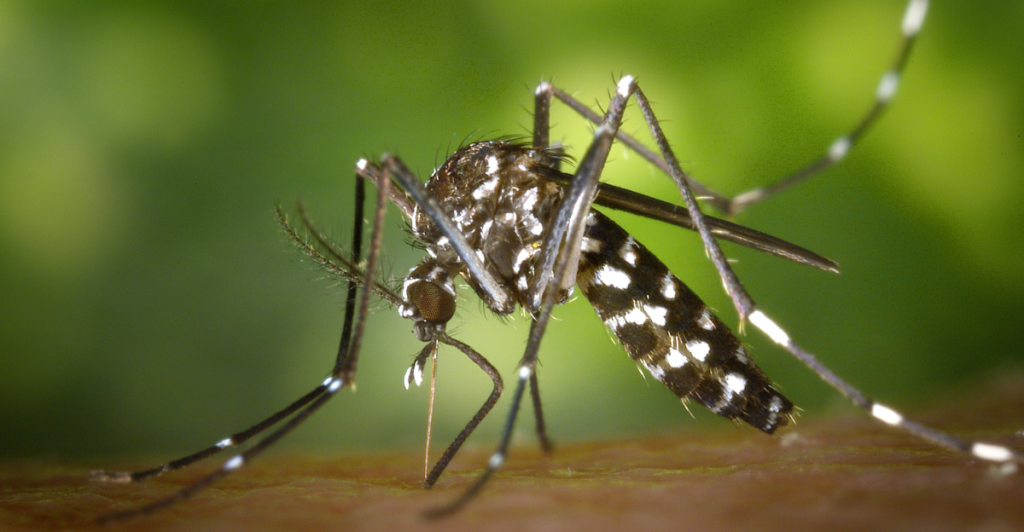
Though small and often overlooked, the mosquito is Africa’s most dangerous creature, responsible for transmitting diseases like malaria, yellow fever, and dengue. Malaria alone kills over 600,000 people annually, the majority of whom are in sub-Saharan Africa. Unlike predators, mosquitoes do not require a direct confrontation; their danger lies in the diseases they carry. Preventative measures, such as insect repellents, bed nets, and antimalarial medications, are essential for anyone visiting high-risk regions. This tiny insect proves that danger doesn’t always come in large packages.
3. African Lion – Apex Predator
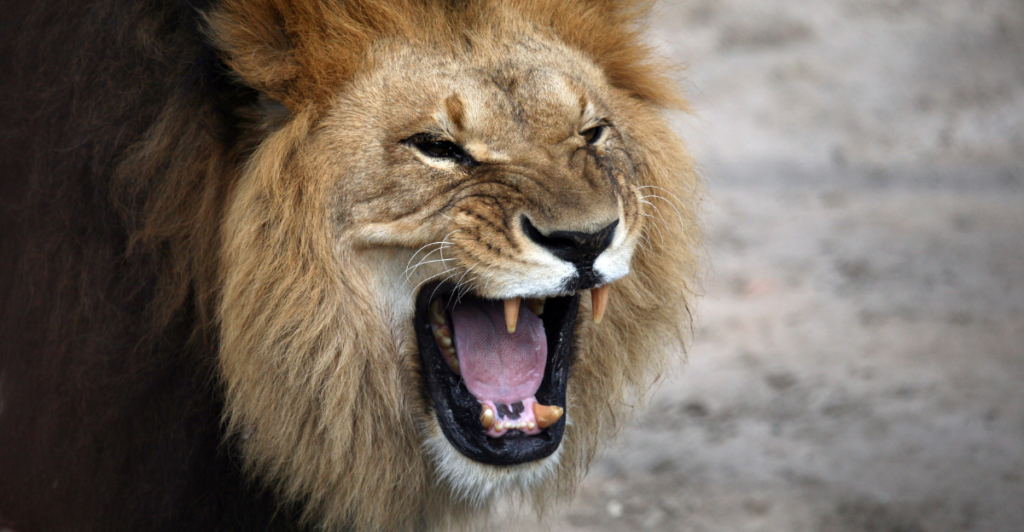
Known as the “king of the jungle,” the African lion is a symbol of power and majesty. Lions are skilled hunters, capable of taking down prey much larger than themselves. In rare cases, they attack humans, particularly in areas where their natural habitats overlap with villages or campsites. Male lions can weigh up to 420 pounds and run at speeds of 50 mph. Their ability to hunt in coordinated prides makes them one of Africa’s most feared predators, commanding both respect and caution.
4. Nile Crocodile – Waterway Assassin
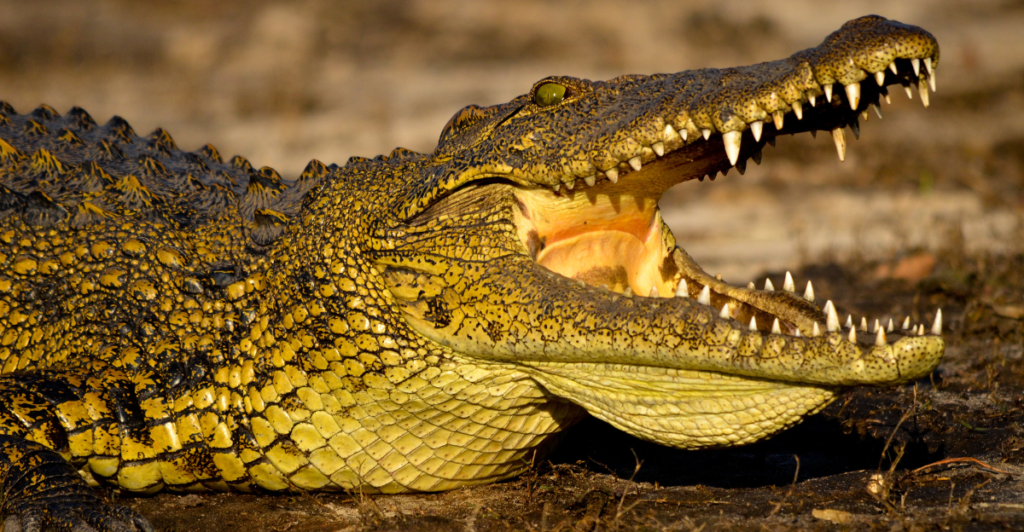
The Nile crocodile is one of the most dangerous animals lurking in Africa’s rivers and lakes. Growing up to 20 feet long, these reptiles are responsible for over 200 human deaths annually. They employ a “death roll” tactic to drown and dismember their prey. With a bite force exceeding 5,000 pounds per square inch, they can drag an adult human underwater in seconds. Crocodiles are ambush predators, making them particularly dangerous for unsuspecting swimmers or fishermen who venture too close to their territory.
5. Cape Buffalo – The Widowmaker
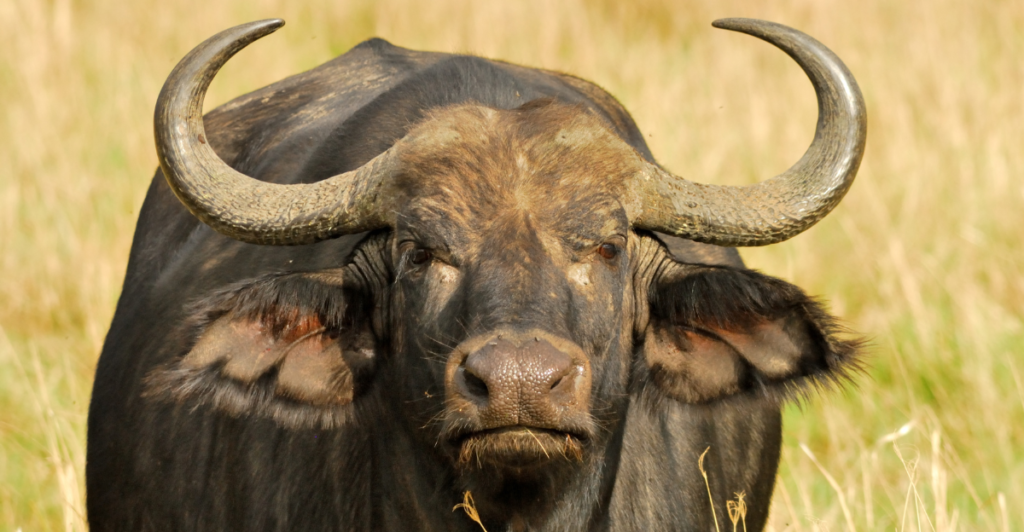
The Cape buffalo, also known as the “Black Death,” is one of Africa’s most dangerous herbivores. Weighing up to 2,000 pounds, this formidable animal is highly unpredictable. When threatened, it charges with astonishing speed, often killing hunters or intruders. Cape buffaloes are known to attack even after being injured, making them a nightmare for anyone crossing their path. They are responsible for more deaths than most predators, solidifying their reputation as one of the most fearsome animals on the continent.
6. African Elephant – Giant of the Wild
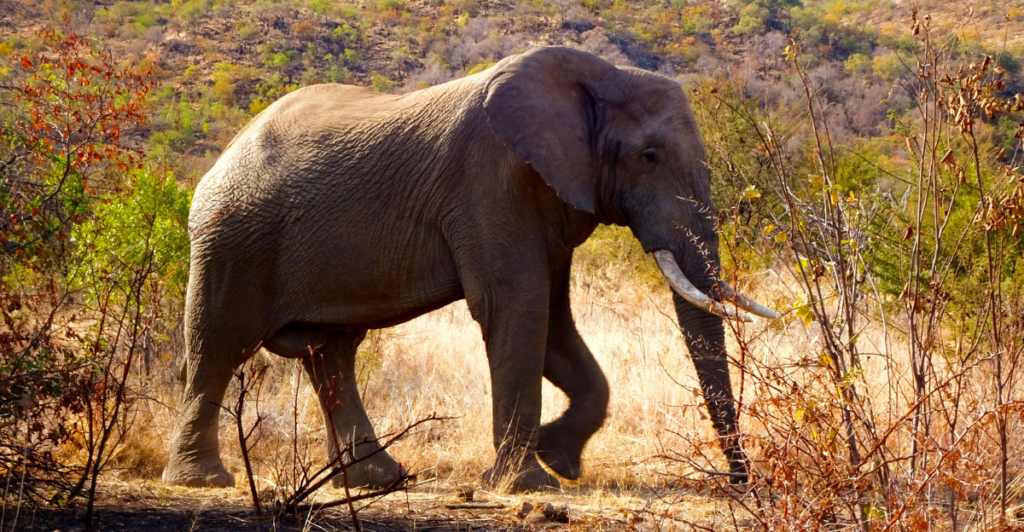
The African elephant is the largest land animal, weighing up to 12,000 pounds. While typically peaceful, elephants can be highly dangerous when provoked or threatened. Males in musth, a hormonal state, are especially aggressive, while mothers will fiercely protect their calves. Elephants are responsible for hundreds of human fatalities annually, often due to trampling or charges. Their intelligence and strength make them formidable, but their aggression is usually a reaction to human encroachment or perceived danger.
7. Black Mamba – The Deadliest Snake
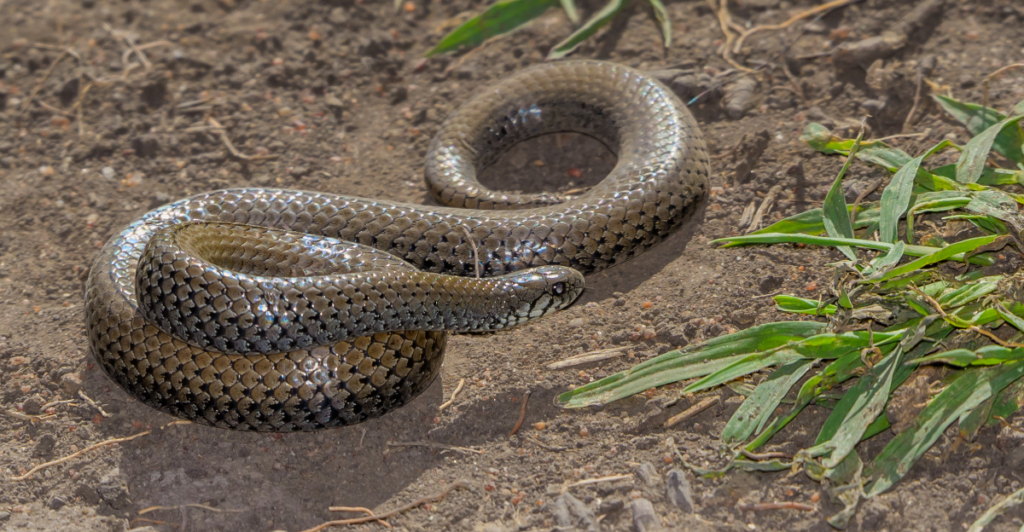
The black mamba is Africa’s most feared snake. Growing up to 14 feet long, it is both highly venomous and incredibly fast, capable of slithering at speeds of 12 mph. A single bite can deliver enough venom to kill multiple humans, and without antivenom, death can occur within 20 minutes. Black mambas are territorial and will strike repeatedly when threatened. Though they typically avoid humans, their speed and potency make them one of the continent’s most dangerous reptiles.
8. Spotted Hyena – Bone Crusher
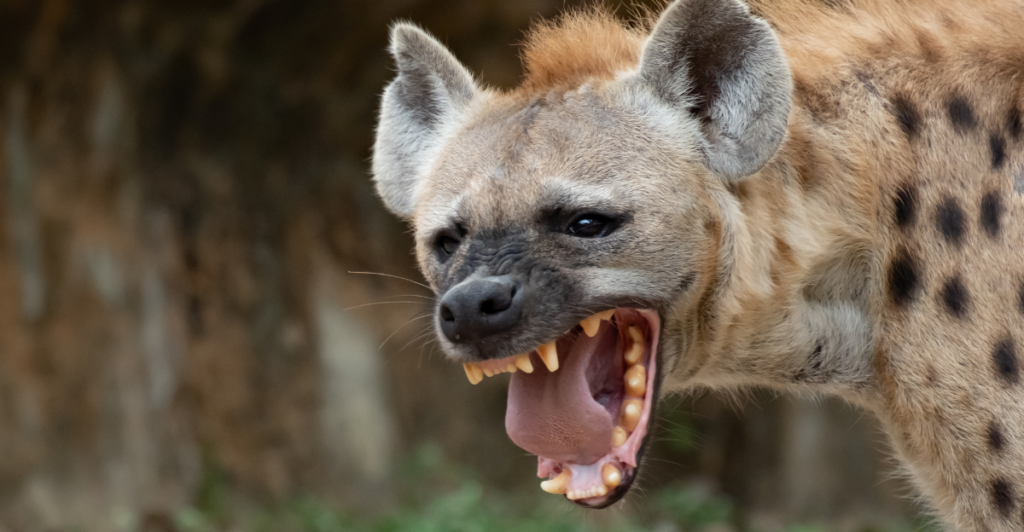
Spotted hyenas are highly intelligent predators known for their bone-crushing jaws and eerie laughter. While primarily scavengers, they are opportunistic hunters and have been known to attack humans, particularly in rural areas. Hyenas hunt in packs, which gives them an advantage over larger prey. Their bite force is among the strongest of any mammal, allowing them to consume bones and digest almost everything. Encounters with these animals can be fatal, especially if they feel cornered or threatened.
9. Puff Adder – Africa’s Venomous Ambusher
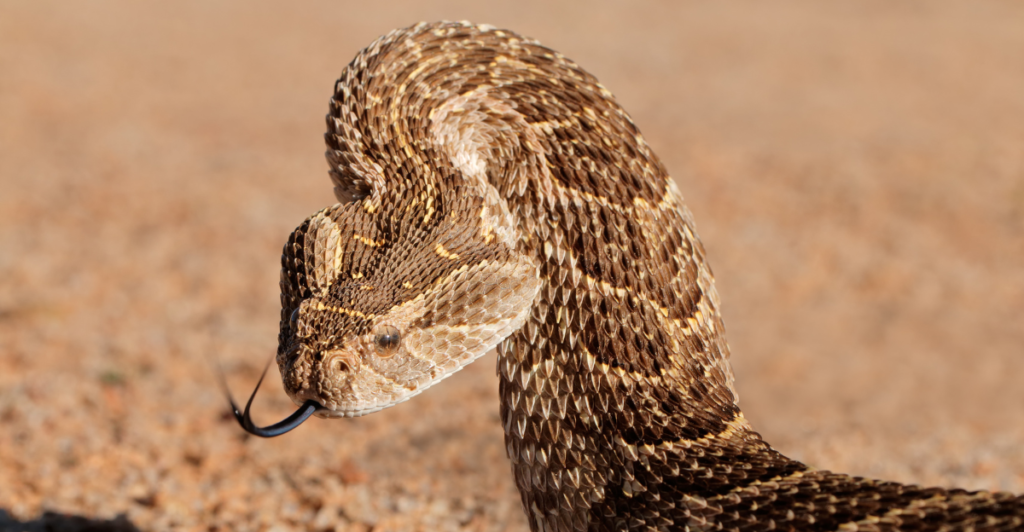
The puff adder is responsible for the majority of snakebite fatalities in Africa. Its highly effective camouflage makes it easy to step on inadvertently. When threatened, it inflates its body and hisses loudly, but its bite is swift and deadly. The venom causes severe tissue damage, and without treatment, death is likely. Puff adders are widespread across Africa, making them a significant threat to both locals and tourists. Always remain vigilant in areas with tall grass or rocks.
10. Leopard – The Stealthy Stalker
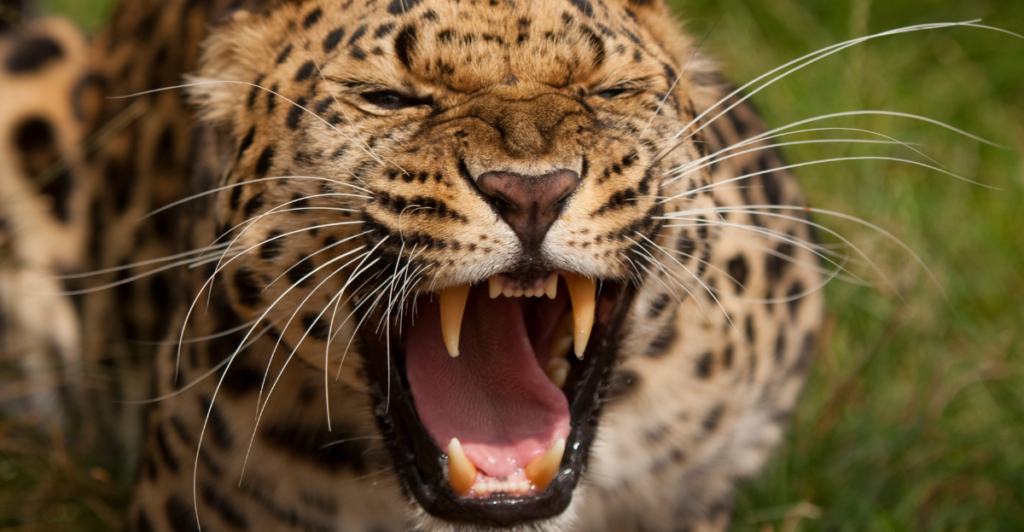
Leopards are solitary hunters, known for their unmatched stealth and agility. These cats are capable of dragging prey several times their weight into trees to protect it from scavengers. While human attacks are rare, they can become highly dangerous when cornered. Leopards are incredibly versatile, thriving in various habitats, from forests to savannas. Their ability to blend into their surroundings makes them elusive, but their sudden, powerful strikes are a testament to their lethal efficiency.
11. Rhinoceros – The Armored Tank
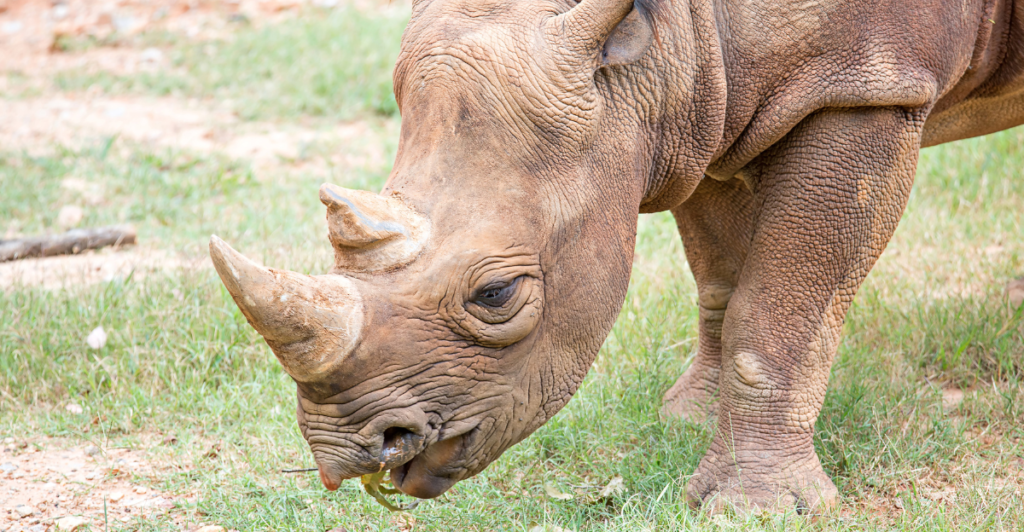
Rhinoceroses, particularly black rhinos, are notorious for their aggression. Weighing up to 3,000 pounds, they are capable of charging at speeds of 30 mph. Poor eyesight often causes them to perceive threats inaccurately, leading to unprovoked charges. Rhinos are heavily poached for their horns, which has led to significant population declines. While they may appear prehistoric, their sheer strength and unpredictable behavior make them one of Africa’s most dangerous yet endangered animals.
The Importance of Preparation
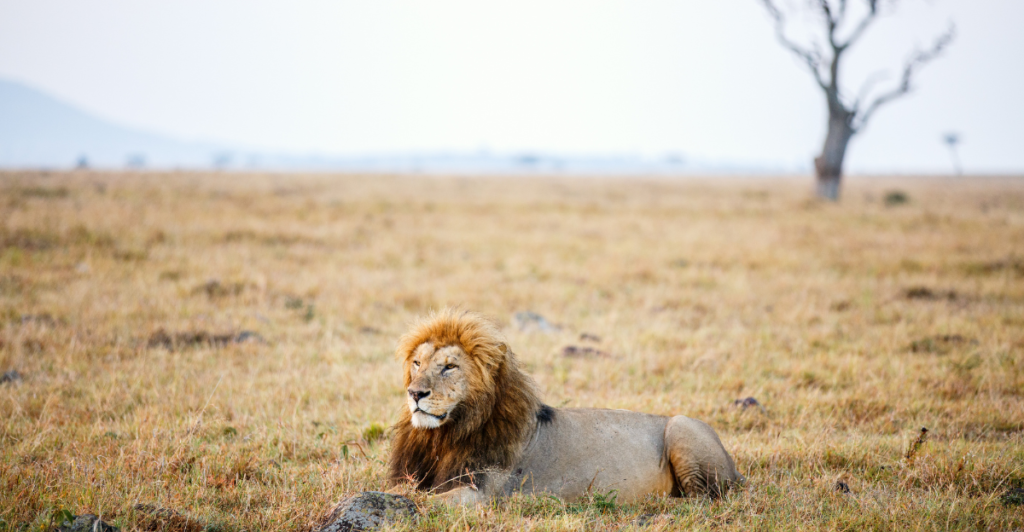
Venturing into Africa’s wilderness without preparation is risky. Many fatalities result from a lack of understanding of the local wildlife. Guides and rangers are essential for navigating these environments safely. Protective measures, like staying in vehicles and maintaining safe distances, can mitigate risks. Educating yourself about animal behavior and respecting their habitats is crucial for a safe and memorable experience. In Africa, knowledge isn’t just power. It’s survival.
The Balance Between Danger and Conservation
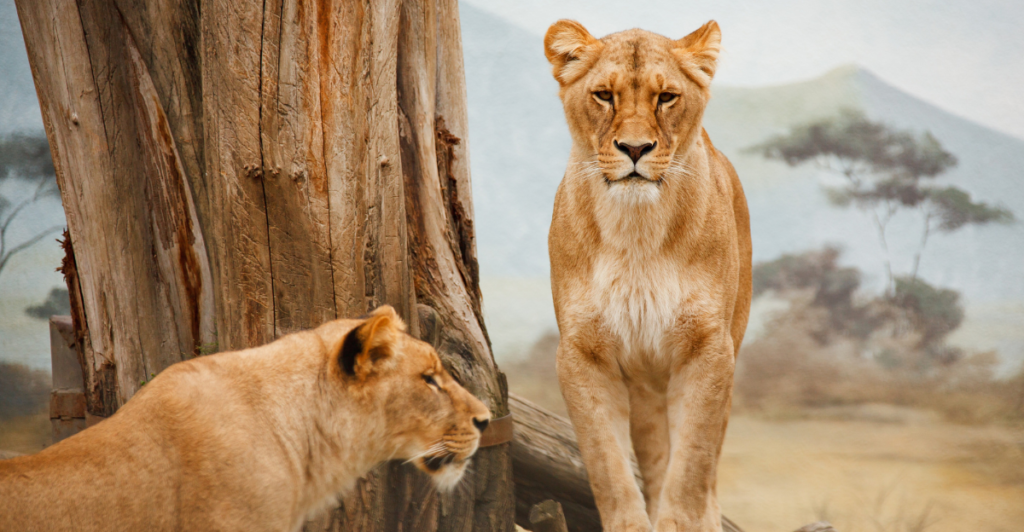
While Africa’s animals are dangerous, they are also crucial to its ecosystems. Conservation efforts aim to protect these creatures while mitigating human-wildlife conflicts. Habitat preservation, anti-poaching laws, and community education programs play a vital role in maintaining this balance. By respecting these animals and their habitats, we can ensure their survival while minimizing risks to human lives. Coexistence is the ultimate goal, requiring effort and understanding from both locals and visitors.
Africa’s dangerous animals are a testament to the continent’s untamed beauty. Respect, caution, and preparation are essential for safely navigating these wild terrains while appreciating the incredible creatures that call them home.
References:
Vector-borne diseases
Africa’s Voice for Wildlife
Africa’s Deadliest Predators | Wild Lands: South Africa | BBC Earth
Malaria
Stay connected with us for more stories like this! Follow us to get the latest updates or hit the Follow button at the top of this article, and let us know what you think by leaving your feedback below. We’d love to hear from you!







